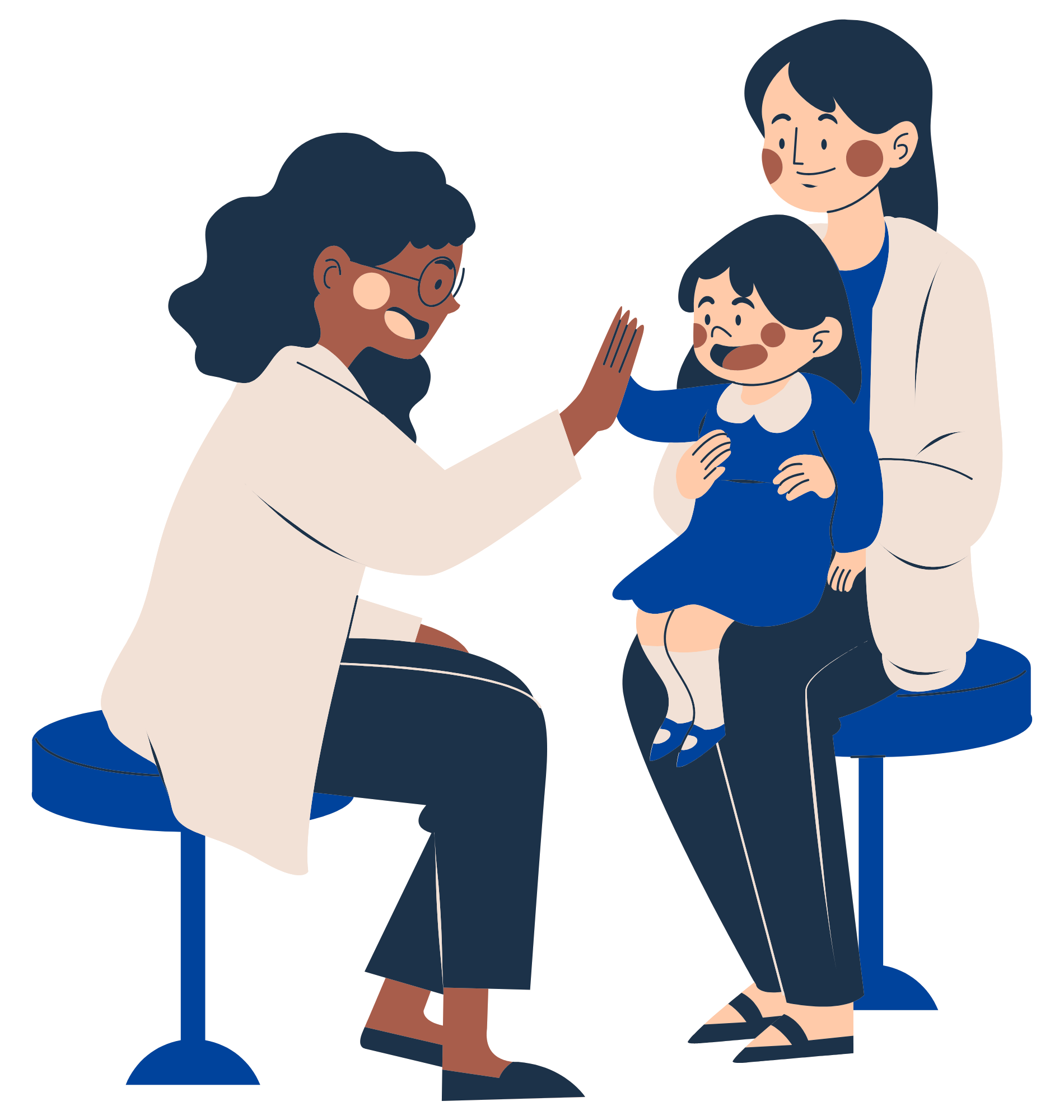What Is This Project About?
We are conducting a pilot project to assess the acceptability (how willing people are to accept or use the screening program) and feasibility (how practical and possible it is to carry out the screening system effectively) of a new screening program for Type 1 Diabetes (T1D). Our goal is to understand how well the screening process works, provide information for policy decisions (choices made by authorities to shape rules or programs), and identify areas for improvement to support the program launch across Canada.
What Will The Project Achieve?
- Understand the acceptability of the screening system.
- Evaluate decision aids and post-test counseling/education.
- Assess the feasibility of the methods used to recruit participants.
- Estimate costs for budgeting and ensuring the program continues effectively over time.
- Track if people are following the antibody (Ab) testing plan.

Methods Used In This Project
We will use a study method that includes both numbers and people’s experiences to learn from parents and healthcare providers.
Screening
- GRS Testing: We will take DNA from newborn blood spots and use it to calculate their genetic risk. Parents of the newborns who test positive will get information and counseling. Those who test negative will get their results by mail along with educational materials.
- Ab Testing: If a child tests positive for a single antibody, they will be do the Ab test every year. If they test positive for multiple antibodies, they will have a confirmatory test (test to confirm risk of T1D), and we will offer follow-up monitoring. Parents will get information about T1D signs and symptoms.
Data Collection and Outcomes
- Online Survey: Parents will fill out online surveys at different points (before screening, after screening, and every six months during follow-up). We will measure how much parents know about T1D, how they make decisions, and their levels of stress or anxiety.
- Sample Size: We aim for 128 participants in the GRS group to detect any meaningful changes.
- Comparing Outcomes: We will compare outcomes (final results) between children who test positive and negative and look at what influences these results.
Qualitative Component
- Parent Interviews: We will interview parents after they get the results of the screening and again after one year.
- Healthcare Provider Interviews: Up to 20 doctors and 10 screening program staff will be interviewed to improve the screening process.
Analysis
Interviews will be recorded, written down, and analyzed to understand how well the screening system is working and how families and healthcare providers feel about it.
Conclusion
This pilot study will help us understand how to make genetic and antibody testing for T1D work in Canada. By learning from parents and healthcare workers, we can improve the screening process and provide families with the right support. The goal is to identify children at risk of T1D early, improve overall health, and reduce the impact of the disease.
